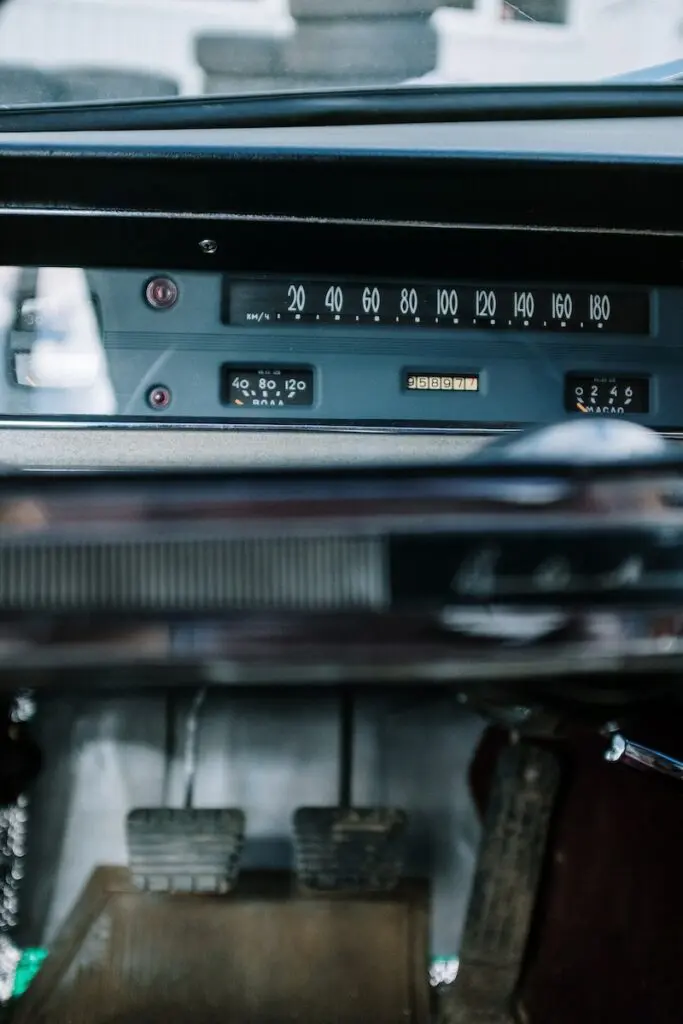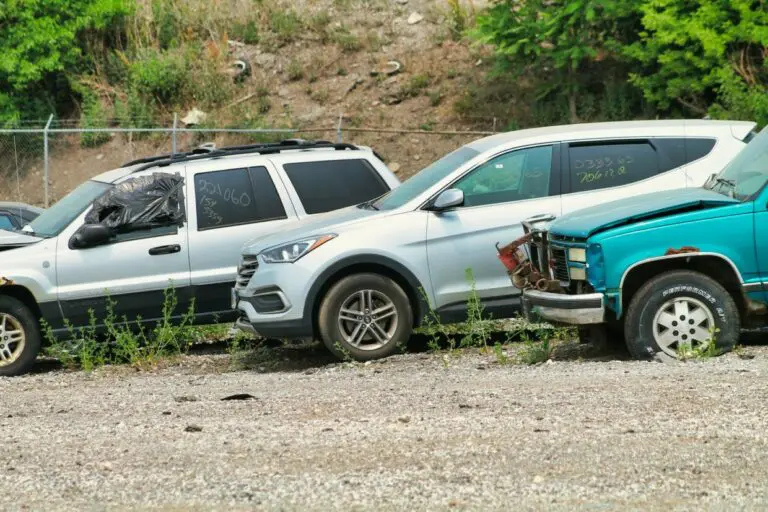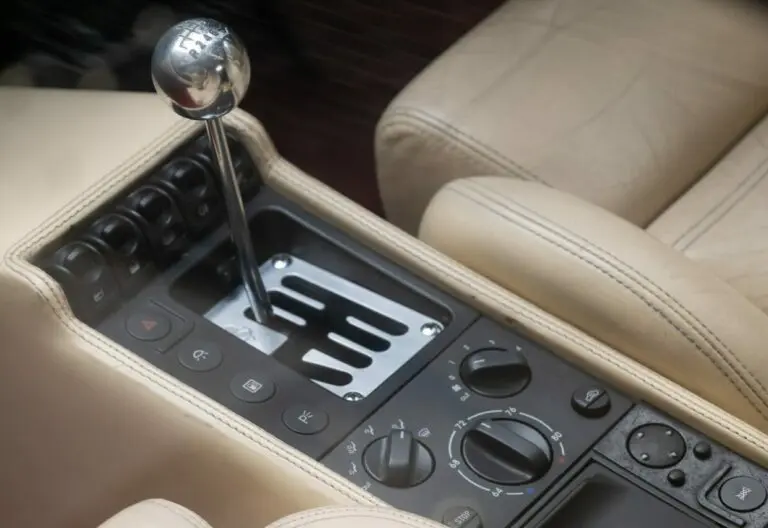Introduction
Brake problems can be incredibly dangerous, and it is essential to address them as soon as possible. In this blog post, I will walk you through the steps to fix common brake problems, as well as precautions you should take to ensure your safety while working on your brakes.
Step 1: Identify the Problem
Before you can fix a brake problem, you need to identify what the problem is. Symptoms of brake problems include a soft or spongy brake pedal, a brake warning light that stays on, and a grinding or squealing noise when you apply the brakes. If you notice any of these symptoms, it’s time to take a closer look at your brakes.
Step 2: Check the Brake Pads
One of the most common brake problems is worn-out brake pads. To check your brake pads, you will need to remove the wheel and take a look at the pads. If the pads are worn down to less than 1/4 inch, it’s time to replace them.
Step 3: Check the Brake Rotors
Another common brake problem is worn-out brake rotors. To check your rotors, you will need to remove the brake caliper and take a look at the rotors. If the rotors are worn down or have deep grooves, it’s time to replace them.
Step 4: Check the Brake Calipers
The brake calipers are responsible for applying pressure to the brake pads, so it’s essential to check them as well. If the calipers are sticking or leaking, they will need to be replaced.
Step 5: Check the Brake Lines
Brake lines can also cause problems if they become corroded or damaged. To check your brake lines, you will need to inspect them for any leaks or damage. If you notice any issues, the brake lines will need to be replaced.
Step 6: Check the Master Cylinder
The master cylinder is responsible for delivering brake fluid to the brakes, so it’s essential to check it as well. If the master cylinder is leaking or malfunctioning, it will need to be replaced.
Step 7: Bleed the Brakes
After you have fixed any problems, you will need to bleed the brakes to remove any air that may have entered the system. This is an essential step to ensure your brakes are working correctly.
Precautions
It is important to be cautious and take the necessary precautions when working on your brakes. Always use the appropriate tools and equipment, and make sure you have a good understanding of the work you are doing. Also, make sure to wear safety gear, such as gloves and safety glasses.
Conclusion
Brake problems can be dangerous, but with the right knowledge and tools, you can fix them yourself. Remember to always take the necessary precautions and to work safely. If you are unsure about any of the steps or if the problem persists, it is always best to take your vehicle to a professional.



















